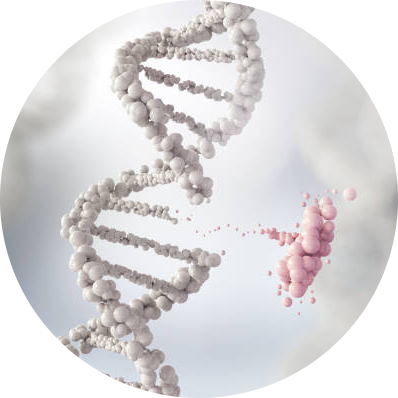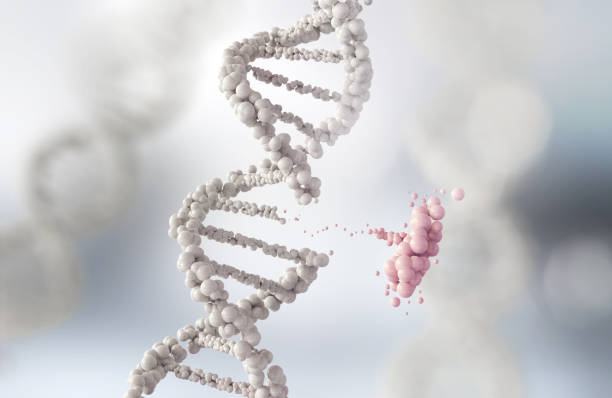
Autism Spectrum Disorder (ASD) presents as a complex neurodevelopmental challenge impacting countless lives globally. While its roots remain enigmatic, genetic facets emerge as pivotal contributors. Within this intricate genetic panorama, the MTRR gene mutation emerges as a potential piece in autism’s intricate puzzle.
This article navigates the connection between MTRR mutations and autism, venturing into genetics’ profound influence on neurodevelopment.
Decoding MTRR's Methylation Role
MTRR—5-methyltetrahydrofolate-homocysteine methyltransferase reductase—resides at the core of the folate-methionine cycle. This pathway oversees homocysteine levels, nourishing DNA synthesis and methylation reactions. Methylation, an epigenetic feat, grafts methyl groups onto DNA, steering gene expression sans genetic alteration. Hence, MTRR orchestrates DNA methylation patterns, pivotal for regular neurodevelopment and cerebral function.
The Nexus: MTRR Mutation and Autism
Recent insights highlight the intertwinement of MTRR gene mutations and autism risk. Specific MTRR gene deviations can stifle functionality, upending the folate-methionine cycle and perturbing DNA methylation. Autism-affected individuals often bear distinct MTRR mutations or perturbations in gene expression.
Neurodevelopment's Impacted Canvas
MTRR’s discordance casts far-reaching shadows over neurodevelopment. Methylation rules supreme during cerebral maturation, guiding genes entwined with synaptic plasticity, neural interconnectivity, and neurotransmitter modulation. Any DNA methylation disruption, courtesy of MTRR mutations, may forge altered cerebral development, potentially fostering autism-linked manifestations.
Symphony of Genes and Environment
Autism’s orchestration involves more than genetics. Genetic susceptibility dances with environmental influences, crafting ASD’s multifaceted tale. Prenatal nutrition, toxin exposure, and maternal well-being partner with genetic glitches, like MTRR variations, possibly amplifying or alleviating autism risk’s impact.
Diagnostic and Therapeutic Horizons
The burgeoning MTRR-autism liaison unfurls avenues for diagnosis and treatment. MTRR variant genetic assays can illumine autism predisposition. Swift identification promises tailored interventions, optimizing neurodevelopmental trajectories for those impacted.
Moreover, comprehending MTRR’s DNA methylation and neurodevelopmental involvement charts the course for targeted therapies. Explorations into recalibrating DNA methylation patterns hold the potential to mitigate MTRR mutation’s impact on autism-linked symptoms.
The Odyssey Ahead: Challenges and Prospects
Promising as it is, the MTRR-autism connection confronts hurdles. Autism’s genetic framework is intricate, an ensemble of genes and interactions. The MTRR-autism interplay bows to a medley of genetic, epigenetic, and environmental nuances.
As science’s quest to decipher autism progresses, resolute inquiry and open thought are vital. Geneticists, neuroscientists, and clinicians’ synergy propels autism comprehension, translating revelations into real benefits for individuals and families.
Conclusion
MTRR mutation’s exploration alongside autism brims with promise, an expedition into uncharted autism dimensions. It accentuates the confluence of genetics, epigenetics, and neurodevelopment, enlightening the labyrinthine nature of this neurodevelopmental enigma. Our march towards enlightenment inches us closer to plumbing autism’s genetic depths and potential interventions, promising solace to those traversing this intricate journey.


